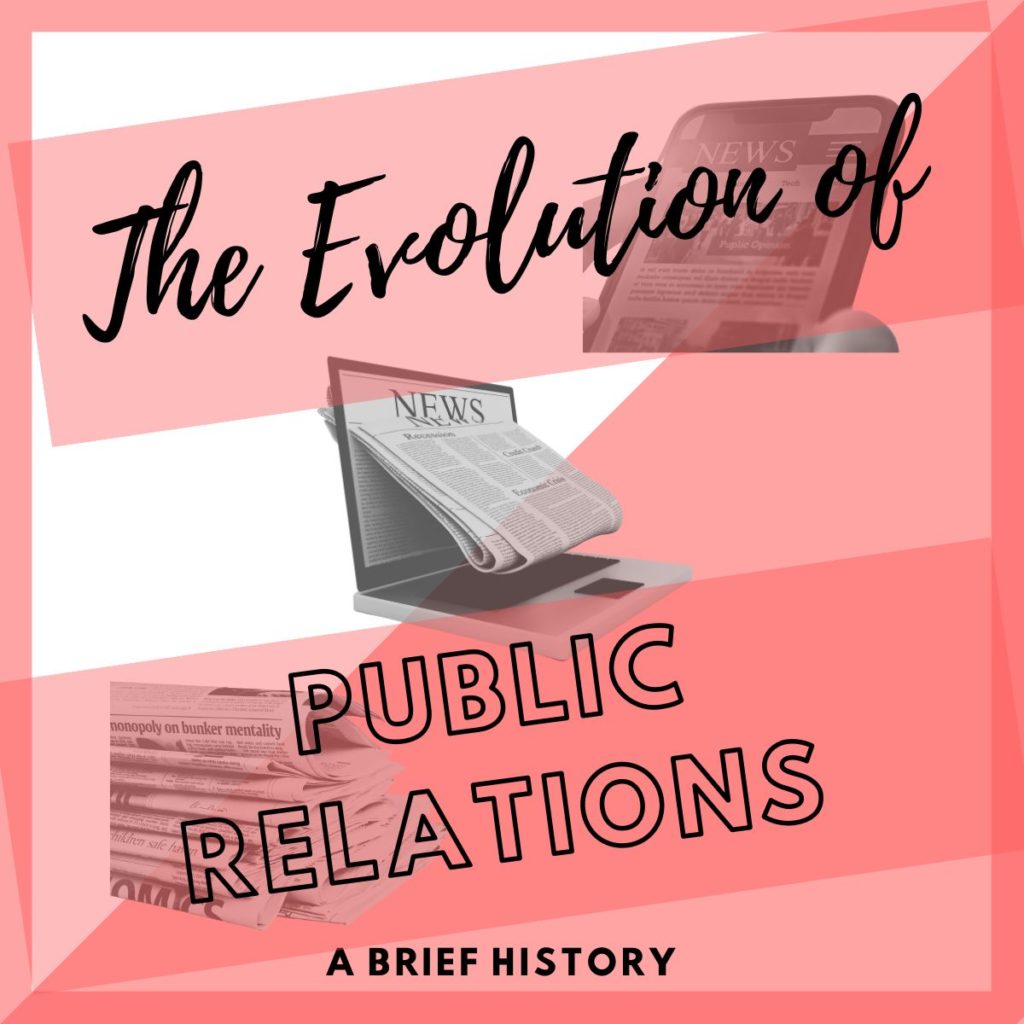The world is very different today than it was five, ten, or even 20 years ago. How we think about most things has changed, though public relations continues to inform our reality. Compelling stories shape not only how we see people, places, and things but that we see specific people, places, and things. So, what does this mean for the PR industry? Let’s dive into four significant changes that have helped shape our industry over the last 20 years.
- Targeted Marketing – There was a time within the last 10 – 15 years when creative ads and media placements significantly impacted buyer acquisition. Today, there is way more competition. All fields are “over-saturated,” and target marketing had to evolve. Things that a company once saw as standard targeting criteria (like gender, sexual orientation, geographic location, profession, education, and age) have changed dramatically in the last ten years. Even for B2B companies, understanding the complete buyer persona is more critical than ever. Near constant research is needed to evaluate markets if you plan to successfully target them.
……………..
Companies need to know not only what customers want, but how they think, their purchasing habits, and more if they want an effective marketing and PR strategy. The larger the audience a company is attempting to target, the more diverse the storytelling needs to be. Understanding who you need to tell the story to is just as important as creating the story itself. With the rise of new tools that provide sophisticated buyer insights, this information needs to be layered into how PR engages with an audience (whether that’s on social media, through publications, or via content marketing).
——————————————————————————– - Speed of News – A client recently mentioned that markets can shift with a tweet. It’s true, and absolutely bonkers (thanks, Elon). As the lines around what is and is not news blurs (due in large part to social media and degrading media standards), consumers are getting information and news in rapid fire formats. The goal for us as PR professionals is to entice these readers to stop scrolling and engage with our content. With the news constantly accelerating, the speed of producing information is increasing. This is leading to an increase in misinformation and mistakes. Sometimes the role of PR is to slow down that cycle to ensure we’re sharing quality information and stories. A shotgun approach to storytelling is no longer effective.
—————————- - Reputation – Reputation is either proactive or reactive. Companies like Nordstrom are well known for proactively working daily on their reputation by attempting to provide the highest level of service to every customer, whether they’re purchasing online or in a flagship store. Customers like to know that they can count on a company to behave in a specific way (consistency is key). If this expectation of behavior is positive, minor hiccups aren’t necessarily viewed negatively. But when a company approaches storytelling reactively, it can be detrimental.
—————————————————————————————————
PR should play an active role in helping organizations create and deliver on their value and mission statements. This should be a proactive effort that is built into the marketing ethos and strategy. Just look at Intel. Over the last several years the company has made it a priority to drive a security first mindset across the business. This has been underscored by their security first pledge and supporting efforts across research, academia, bug bounty and much more. As a result, today the company is considered a leader in security innovation.
………………………….. - Social Justice, Environmental, and DEI Awareness – Today’s buyers are opinionated, they care about broad social issues, and they’re applying that influence when it comes to purchasing decisions. As a result, they demand transparency… and progress. Some companies are great at embracing this shift, and others struggle. But one thing is clear: embracing these initiatives needs to be genuine. As PR professionals we’re constantly looking to align with news trends, and it can be tempting to piggyback onto these social issues. But it’s our job to ensure the companies we work with are doing this in an authentic and real way. One-offs don’t build equity with buyers. When it comes to social justice, you’re either in or you’re out. There’s no middle ground.
PR is more important than ever due to the rapidly changing buyer and media landscape. Great PR teams help create powerful stories and messaging that can build a company’s reputation. In a world of information over-saturation, PR has the power to strategically create stories that align with consumers in more powerful and personal ways. Ready to get started? Let’s chat.

